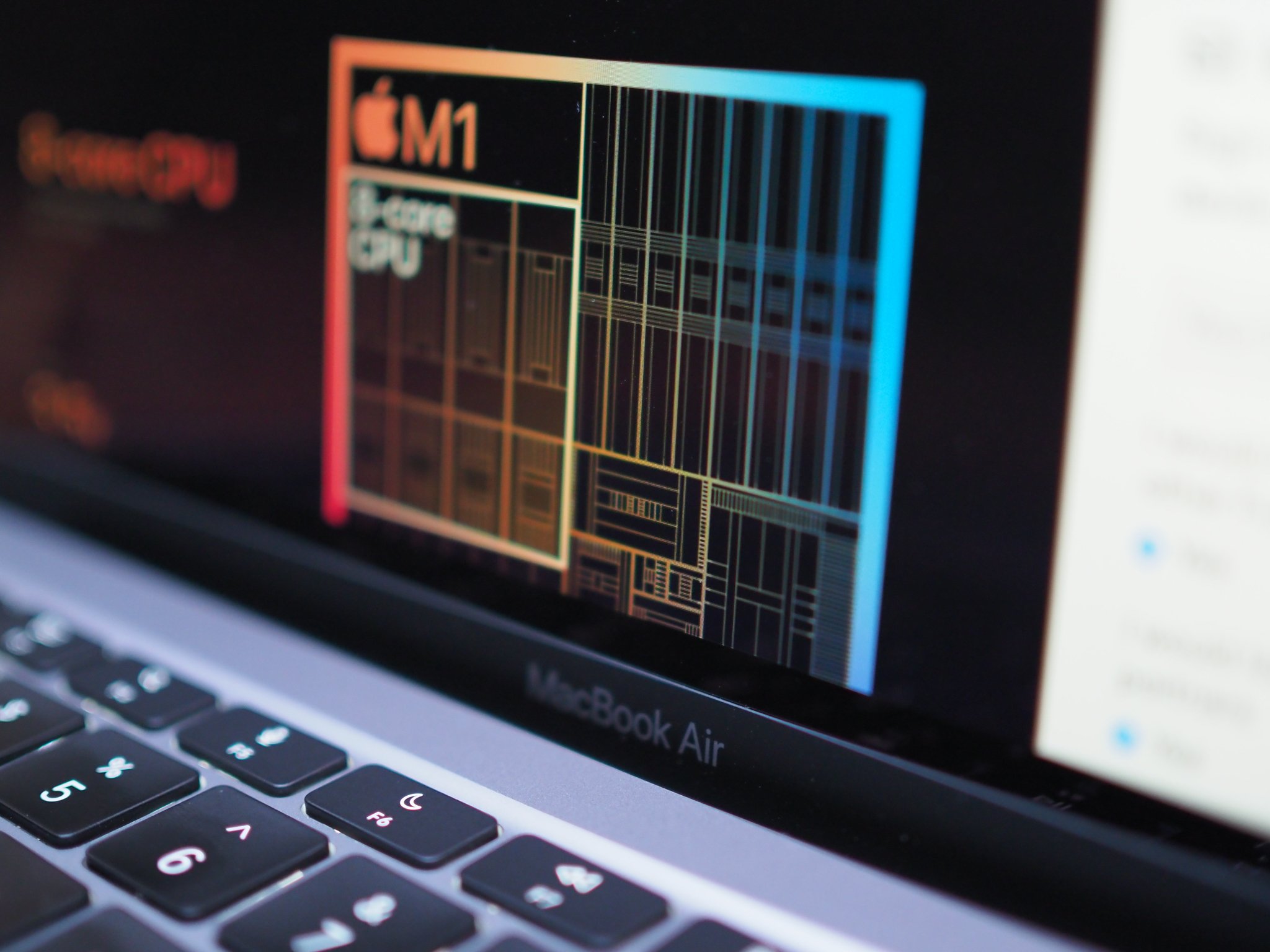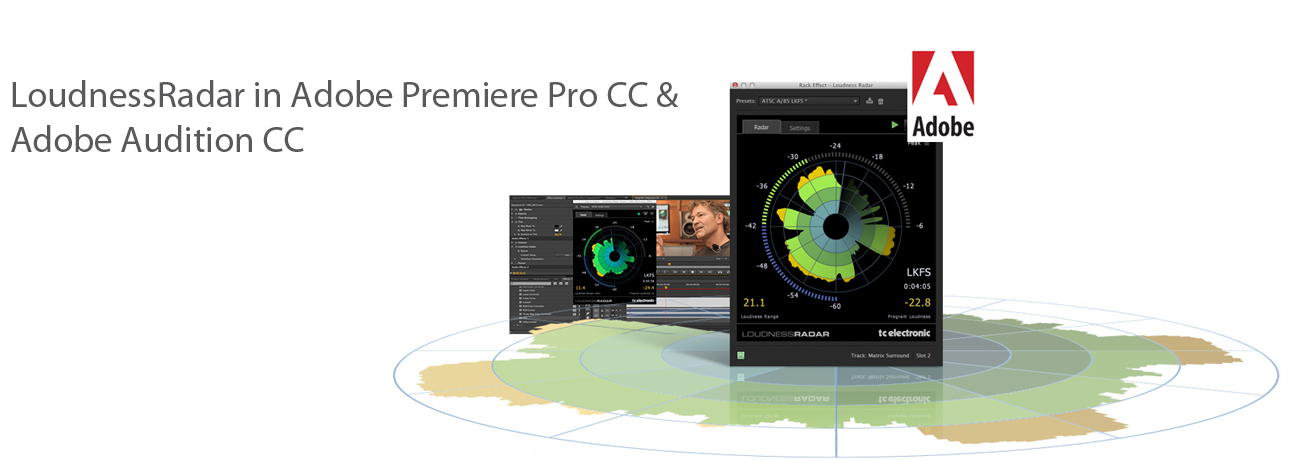Cover image via
- Adobe Premiere And Audition
- Adobe Audition Premiere Pro
- Premiere Pro And Audition
- Audition Export To Premiere Pro
- Premiere Pro Adobe
This Adobe Audition course is an excellent companion to our video course Documentary Editing with Premiere Pro, which shows how to highlight a cause, express a point of view, and tell a story with Adobe Premiere Pro and some essential documentary editing techniques. Along with tools for color, audio, and graphics, Premiere Pro works seamlessly with other apps and services, including After Effects, Adobe Audition, and Adobe Stock. Open a Motion Graphics template from After Effects or download one from Adobe Stock and customize it — all without leaving the app. And Premiere Pro integrates with hundreds of partner technologies. Open your project in Premiere Pro then go to Edit Edit in Adobe Audition Sequence. In the dialog box, select Entire Sequence and Send through Dynamic Link, then click OK. In Audition, select all audio files and go to Window Match Loudness. Select the maximum loudness and click OK. Click the Track Panner to view and adjust the mix. With the integration capabilities shared by Premiere and Audition that allow the applications to connect and communicate with each other, editors can run through a sound mix in no time at all. What’s really interesting about this workflow is that Premiere Pro CC generates a copy of the audio in your sequence/timeline.

When you’re editing external audio files, protecting the original recording is essential. Follow these steps to safeguard your audio while you work.
Top image via Shutterstock.
Good field recording engineers will often do things like leave plenty of headroom to avoid peaking out a recording if someone suddenly laughs, screams, or makes a loud noise. This is an excellent way to preserve the quality of the recording, but it can make it difficult for you to make creative editing choices if you are constantly riding your computer’s volume just to understand the content. Further, with the wrong approach, you can accidentally apply permanent effects to your audio. Here’s one way to preserve the original recordings while you edit.
Image via Shutterstock.
Before you begin editing, create one folder with your original audio files and a second one called “Edited Audio.” Paste copies of the original audio files in the “Edited Audio” folder. You now have two copies of your project’s external audio. Open all of your “Edited Audio” in Adobe Audition and make any necessary edits.
It’s very important that you do not change the duration of any of your clips in Audition. The copies must match the originals in duration, or they will fall out of sync.
If you recorded something like an interview in a very controlled environment, this would be an excellent time to create a batch processing command if you are in a hurry and just need functional audio for easier editing. Because you still have your originals, it doesn’t matter if your first attempts are slightly off the mark.
Once you have completed your edits, you can save all of the files and close your audio editor. Notice in the picture below that metadata sidecars appear after you perform your edits; this is normal.
Remember that the audio files in Adobe Premiere Pro are still the unedited original files. In order to substitute them with your newly edited files, you first need to take the originals offline. Highlight all of the audio files listed, right-click, and select “Make Offline.”

A dialogue box will ask if you want to keep the media on disk or if you should delete the files once they are offline. Adobe Premiere defaults to keeping them on disk. Make sure you select “Media Files Remain on Disk,” or you will delete your original audio files!
Relink your media to the newly edited files in your “Edited Files” folder by selecting all of the offline audio files you just disconnected, right-clicking, and selecting “Link Media.”
Adobe Premiere And Audition
A new dialogue box will allow you to browse to the new files’ location. Click the “Locate” button and navigate to the “Edited Audio” folder containing your newly edited audio files. You can verify that you’re using the correct path by looking at the area near the top of the dialogue box for “Last Path” and “Path” indications. “Path” will show the new location you’ve just specified. Once you can see everything is correct, then click the “Locate” button.
In this instance, to solve the problem of audio that is too quiet due to the headroom the engineer left while recording, I increased the volume of each clip in Audition, and I can clearly see that the waveforms in my timeline are now larger. To further verify the audio’s functionality, right click on one of your audio files and select “Reveal in Finder.” If all has gone well, then a Finder window will open showing the files in the “Edited Audio” folder.
It is important to note that using the “Edit Clip in Adobe Audition” command is also a way to edit audio without altering your originals. However, there are several scenarios during which that command can take quite a bit of time if you have already started editing and don’t want to individually affect each clip. Although you can highlight individual audio clips in the project folder inside Adobe Premiere, you currently cannot send a batch of clips to Audition, which is very time-consuming if you need to quickly adjust several files. I typically find that this scenario arises when there are several takes during an interview or a segment of dialogue — or if there are several different audio files that all generally need the same treatment.
Do you have audio editing workflow tips? Let us know in the comments.
Cover image via
Adobe Audition Premiere Pro
Getting audio right inside of Premiere Pro is an absolute essential skill for any video editor as the audio of your production represents more than 50% of its viewing value.
If you go to watch a film or documentary and the audio is great but the picture quality is only average, it is likely that you will stay and watch the rest of the film. We’ve grown accustomed to seeing a range of picture qualities through different viewing mediums, Internet, SD, HD, etc.
However, if you go to watch a film or documentary and the picture quality is excellent but the audio is average it is likely that you will struggle with the production and maybe not even stay to watch it through. Because of this we can reason that good audio is worth greater than 50% of your final production.
Thus, it is essential for video editors to take time to learn the various audio tools in Adobe Premiere Pro. If you have Adobe Creative Cloud (the Production Premium Suite or the Master Suite) you should also become familiar with the dedicated audio application Adobe Audition.
Adobe Audition

From CS5.5 the dedicated audio tool in the Adobe suite ‘Soundbooth’ was retired and replaced with the much more capable and powerful ‘Audition’ which integrates smoothly with Premiere Pro. This allows an editor to send single and multiple audio clips directly to Audition from a Premiere Pro timeline for more advanced audio editing. Once modified in Audition, the audio can be sent back to Premiere Pro .
To protect the audio recorded with your video files Premiere Pro won’t export the original audio from your clips. Instead, Premiere will create a copy of the audio file called ‘file name Audio Extracted.filetype‘ which will replace the original audio. Should you really mess the whole thing up, at the very least you can be sure that the original audio can be recovered!
Sending Audio To Audition From Premiere
Audio in Premiere Project Panel
Premiere Pro And Audition
Once in Audition a whole world of audio options open up to you with a very easy to use and control audio interface. While there are a great deal of audio effects available inside Premiere Pro it’s far more limiting than Audition.
Take for example reverb…
Reverb in Premiere Pro
As an example, a reverb effect has been applied to a clip inside of Premiere Pro and the user interface opened in the Effects Control Panel. As you can see there is a user interface of sorts but it isn’t very flexible. It often works out easier to use if you expand the ‘Individual Parameters’ drop-down below and then access the sliders to make finer changes. All this takes more time than necessary and is difficult to get to.
One Version of Reverb in Audition
In Adobe Audition however, all the sliders are available as you apply the effect and are easy to use for fine tune changes. Both applications have tools that will do the job, but Audition will do it with much less user overhead than Premiere Pro. Audition also makes it easier to add and control additional effects so that you can come up with exactly what you want.
Audition Export To Premiere Pro
Adobe Audition will also allow you to save any presets of the changes you have made. Not so in Premiere Pro! To apply a customised Reverb effect to multiple clips inside of Premiere Pro can prove to be a real headache! You can do it to multiple TRACKS by using the ‘Sends’ function, but that’s another blog post entirely!
Premiere Pro Adobe
If you spend the time to get use to using Audition with your Premiere Pro clips – you’ll have better sounding audio and end up saving yourself a lot of time and effort.
